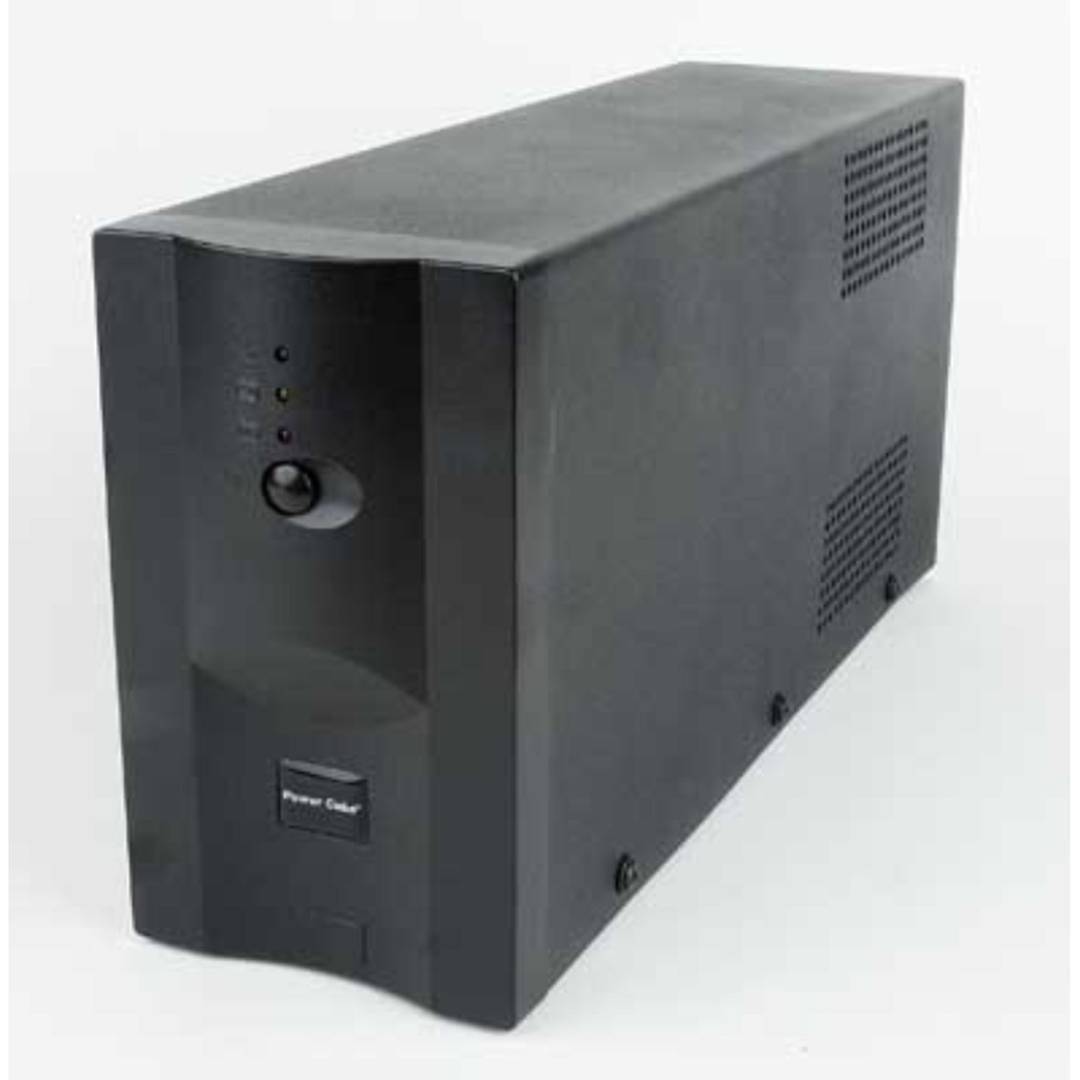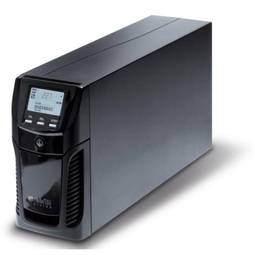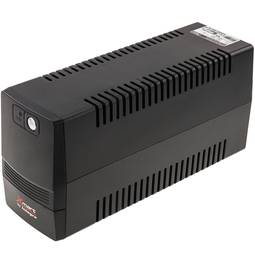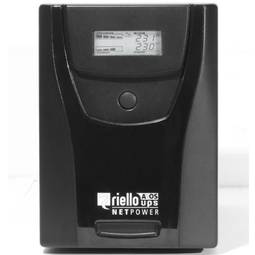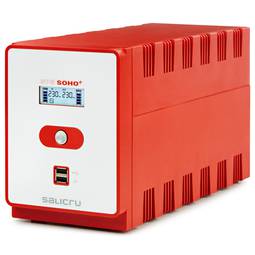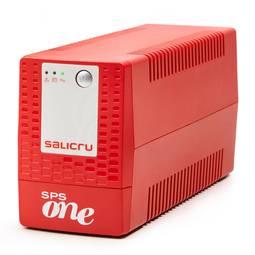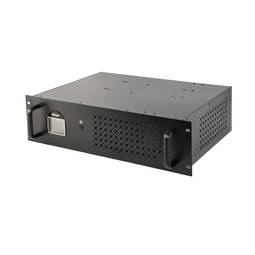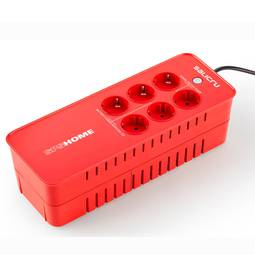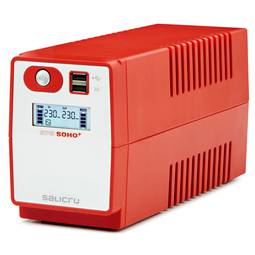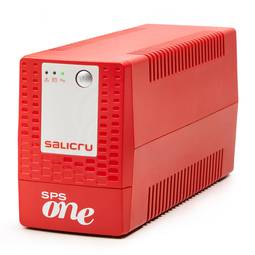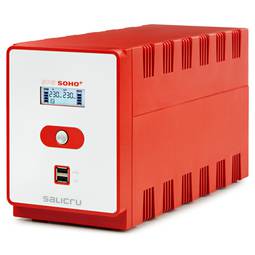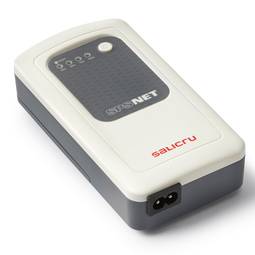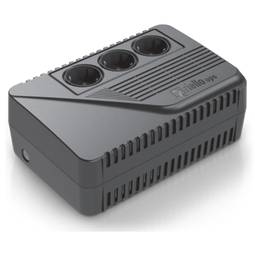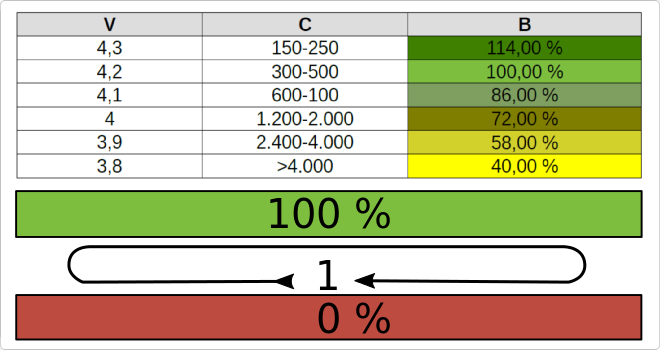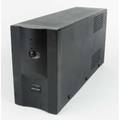05/03/2024 1:43 p.m.
https://cablematic.com/en/products/gembird-ups-with-avr-650va-pc-ups-652a-GB812/
https://cablematic.com/en/products/gembird-ups-with-avr-650va-pc-ups-652a-GB812/
Gembird UPS with AVR 650VA PC UPS 652A
REF: GB812
Specifications
- UPS topology: Line interactive.
- Output power capacity (VA): 0.65 kVA.
- Output power: 390W.
- AC outlet type: C13 coupler, C14 coupler.
- Number of AC outlets: 3 AC outlets.
PVP
€69.20
Price including VAT:
€69.20
PVD
€62.36
PVP: Retail price.
Check conditions.
PVP: Sale price to distributors.
Check conditions.
Buy before:
Receive it:
5 business days
Delivery times are approximate. Cablematic is not responsible for delays.
warranty
returns
safe
Specifications
- UPS topology: Line interactive.
- Output power capacity (VA): 0.65 kVA.
- Output power: 390W.
- AC outlet type: C13 coupler, C14 coupler.
- Number of AC outlets: 3 AC outlets.
Keywords
Did not find what you were looking for? These topic could help you
More info
This UPS offers interactive topology with an output capacity of 0.65 kVA and 390 W. The AC output type is C13 and C14 coupler, with 3 AC outputs. The battery technology is Sealed Lead Acid (VRLA), with a capacity of 7 Ah and a voltage of 12 V. The form factor is tower, with a black color, and dimensions of 160 x 320 x 95 mm. This uninterruptible power supply unit provides reliable power protection for computing devices. Manufactured by Gembird under reference UPS-PC-652A.
Specifications
Specifications
- UPS topology: Line interactive.
- Output power capacity (VA): 0.65 kVA.
- Output power: 390W.
- AC outlet type: C13 coupler, C14 coupler.
- Number of AC outlets: 3 AC outlets.
- Battery technology: Sealed Lead Acid (VRLA).
- Battery capacity: 7 Ah.
- Battery voltage: 12 V.
- Form Factor: Tower.
- Product colour: Black.
- Width: 160mm.
- Depth: 320mm.
- Height: 95mm.
- Ideal for maintaining a stable power supply for computer equipment.
- Compatible with most computing devices.
- Includes one AC power input and 3 AC power outlets.
- Gross Weight: 4.8 kg
- Product size (width x depth x height): 32.0 x 16.0 x 9.5 cm
- Number of packages: 1
- Packages size: 32.0 x 16.0 x 9.5 cm
- Master-pack: 1
Technical terms
- UPS
- Battery charging cycles
UPS
An uninterruptible power supply, UPS, also known as UPS (uninterruptible power supply English), is a device that, thanks to batteries or other energy storage elements, can provide power for a limited time and for a blackout all the devices connected. Other features that can be added to these teams is to improve the power qualityéctrica reaching loads, ups and downs filtering and eliminating voltage harmonics of the network in the case of using AC. There are different types of UPS UPS DC loads connected to the UPS require DC power, so they will transform the alternating current to direct current sales network and use it to power the load and store it in your batterys. So they do not require converters between the batteries and loads. UPS AC UPS obtained These outputs an AC signal, so they need an inverter to convert the direct signal from the batteries in an alternating signal. UPS standby (Standby Power Systems) This system has two main circuits: the power line, which only addsa stabilized and additional filtering of each team to normal feed, and the actual circuit UPS circuit whose core is called "inverter". It is called system "standby" or waiting, because the circuit of alternative power, the inverter is "offline" or inactive, waiting to become operational when it produces a failure in the power supply. It has a switching element that connectsand either circuit switched alternately. UPS line-interactive (in-line) This type of UPS regulates voltage variations by elevations or reductions in mains voltage. During these interventions, the UPS uses its battery to perform the voltage regulation. UPS online (online) In contrast, the UPS "online" (on-line), the battery and the inverter are permanently It is utiized, ensuring a maximum response in a timely manner before the event of network failure. In addition, they can also correct the frequency shifts as re-generate the ac wave permanently. Diagram UPS online In the picture (1) Rectifier The picture (2): battery in the picture (3): Inverter



